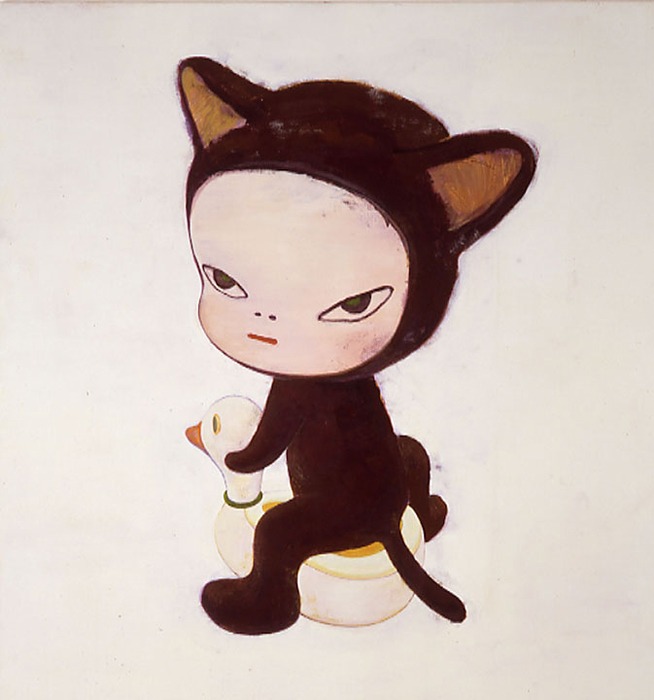The “Refresh” button has changed the world. For anyone, who has ever spent an evening wasting away clicking for WikiAnswers, or flipping through endless Facebook photos of complete strangers, or watching e-documentaries on Baby Geniuses, they are familiar with the despair and desire for the “Refresh” button. The 20th century gesture of a fag between your index and middle has made way for the kink-in-the-neck check of your latest txt msg. Virtually anything is possible. Everything is within reach. And you need more. We’ve made a messiah out of technology—this much is universal idea—but has it delivered us? Can a click of a button re-establish a connection, show us an image?
The Information age alone has brought with it countless social concerns. Overlaid with Japan’s bubble burst economy, the saccharine cute idols and animations of the post-war era, news footage random acts of violence in Harajuku or the Sarin Gas Attacks on the Tokyo Metroline, the information age itself calls into question what are we clicking for?
In this photo by Yoshitomo Nara, a prominent SuperFlat artist, you might be drawn girl’s immediate cuteness. Her frumpy glare and kitty costume. But what constitutes her cuteness? What forces have anthropomorphized this child and urinating in a plastic duck, while staring back at her voyeur? In Post-Bubble Culture, one can find a somber reflection on the implications on a world electronically wireless and tuned out. How can we then, “refresh”?
